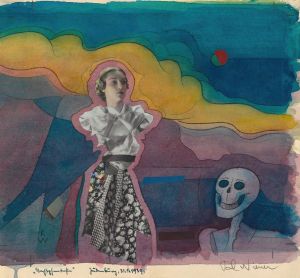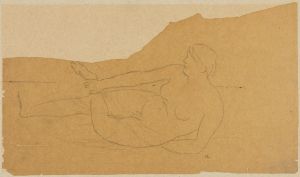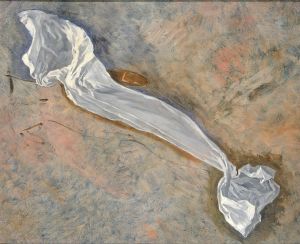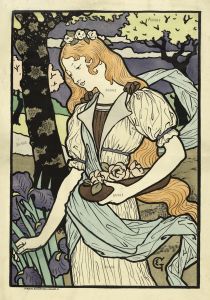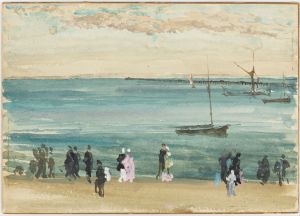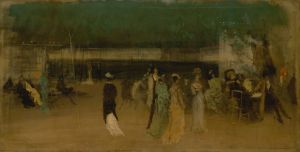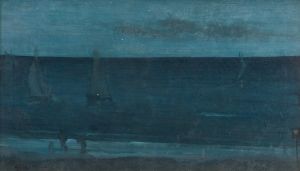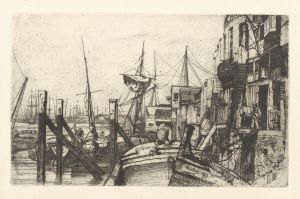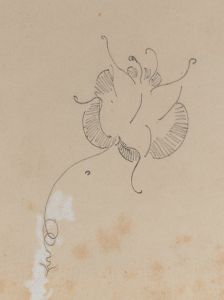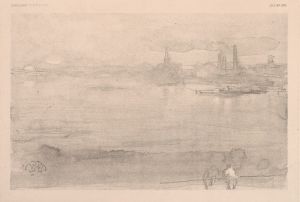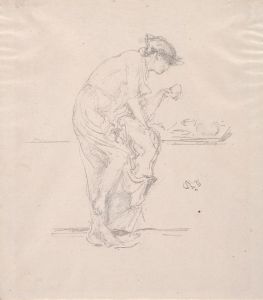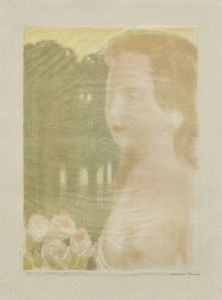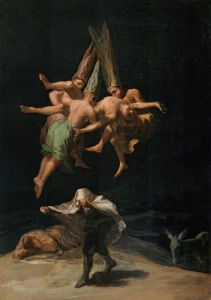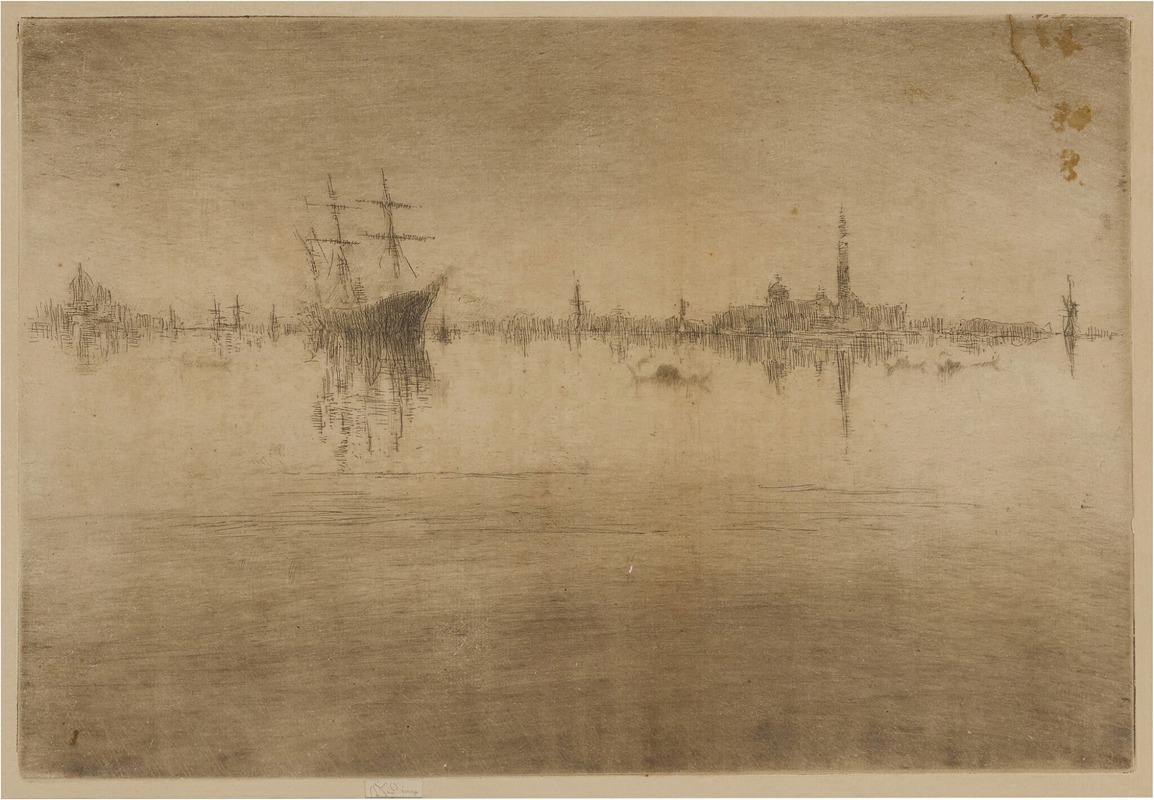
Nocturne
A hand-painted replica of James Abbott McNeill Whistler’s masterpiece Nocturne, meticulously crafted by professional artists to capture the true essence of the original. Each piece is created with museum-quality canvas and rare mineral pigments, carefully painted by experienced artists with delicate brushstrokes and rich, layered colors to perfectly recreate the texture of the original artwork. Unlike machine-printed reproductions, this hand-painted version brings the painting to life, infused with the artist’s emotions and skill in every stroke. Whether for personal collection or home decoration, it instantly elevates the artistic atmosphere of any space.
James Abbott McNeill Whistler's "Nocturne" series is a collection of paintings that exemplify his innovative approach to art during the late 19th century. These works, characterized by their subdued tones and atmospheric qualities, reflect Whistler's interest in capturing the mood and essence of a scene rather than its precise details. The term "nocturne" was borrowed from music, emphasizing the poetic and evocative nature of these compositions. Whistler's use of the term highlighted his belief in the harmony between art and music, as well as his focus on creating works that transcended traditional narrative or representational art.
One of the most notable paintings in this series is Nocturne in Black and Gold: The Falling Rocket (c. 1875). This work depicts a fireworks display over the Thames River in London, rendered in a nearly abstract manner with flickering lights and a dark, atmospheric background. Whistler's innovative technique involved thin layers of paint and delicate brushwork, which created a sense of depth and movement. The painting's emphasis on mood and abstraction was groundbreaking for its time, challenging conventional expectations of realism in art.
The "Nocturne" series was also significant in the context of Whistler's artistic philosophy, which he articulated in his writings and public statements. He believed that art should prioritize beauty and aesthetic experience over storytelling or moral instruction. This perspective aligned with the principles of the Aesthetic Movement, which sought to celebrate art for its own sake.
Whistler's "Nocturne" paintings became the subject of public and critical attention, particularly during his famous libel trial against art critic John Ruskin in 1878. Ruskin had harshly criticized Nocturne in Black and Gold: The Falling Rocket, accusing Whistler of "flinging a pot of paint in the public's face." Whistler sued Ruskin for libel, and the trial became a landmark moment in the history of modern art. Although Whistler won the case, he was awarded only a token sum in damages, and the legal expenses contributed to his financial difficulties. Nevertheless, the trial brought attention to Whistler's work and sparked debates about the nature and purpose of art.
Today, Whistler's "Nocturne" series is celebrated for its innovative approach and its influence on the development of modern art. These paintings are housed in various collections around the world, including the Detroit Institute of Arts and the Tate Britain in London. Whistler's ability to evoke mood and atmosphere through subtle color harmonies and abstract compositions continues to be admired by art historians and enthusiasts alike.






